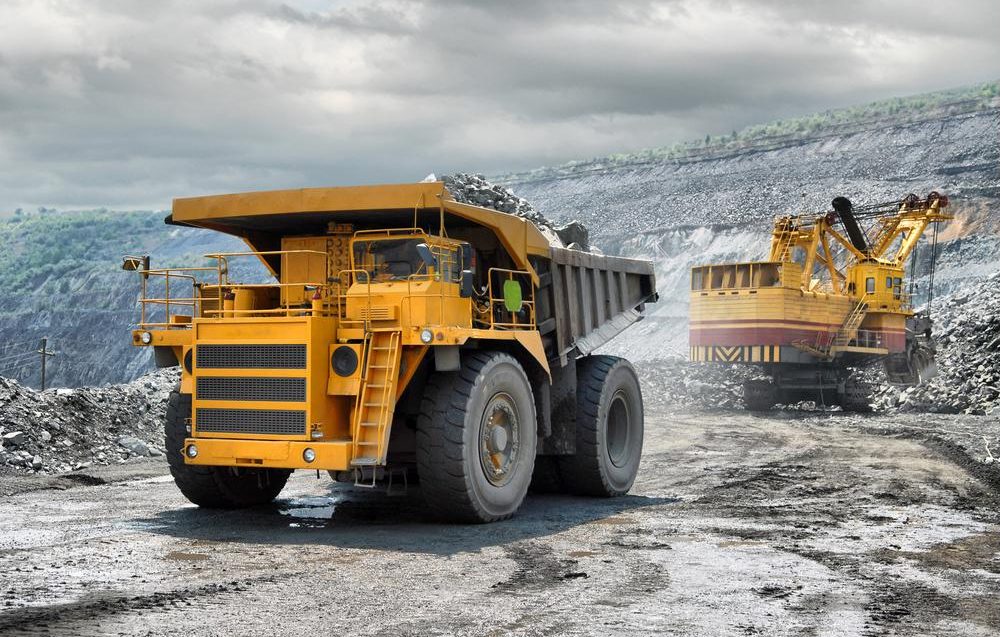
4 Forces Catalyzing Change in the Mining and Metals Industry
The times they are a-changin.
If there was one song that could best describe the current state of the mining and metals industry, the 1964 classic sung by Bob Dylan sums it up. In just about every way you can imagine — consumer interests, technological innovation, regulatory scrutiny, automotive production, political developments — a variety of forces largely beyond producers’ control are causing businesses to re-examine how they operate.
In some respects, these influences have fueled the sector’s prosperity. For example, metals and mining remains a major contributor to the nation’s economy, adding an impressive $2.5 trillion per year, according to the most recent statistics from the National Mining Association. Additionally, it’s also one of the more high-paying professions, directly employing 419,000 Americans directly and 1.2 million indirectly.
Yet at the same time, many of the successes experienced by producers are raising the stakes for other companies so that they too can remain profitable and avoid being left behind. After all, metals and mining is a competitive, performance-based industry, where only those who truly thrive can survive. The best way of going about this comes from reading the tea leaves and making the proper investments to improve the ongoing supply chain and reduce cycle time.
Here are four forces catalyzing change in the mining and metals industry. Recognizing these influences and making the appropriate adjustments may be the difference between prosperity and insolvency:
1. Automation
For years, economists have described artificial intelligence as the wave of the future. In reality, it’s the here and now. Americans have a love-hate relationship with AI, as a recent poll from Gallup found 77% of adults believe the process improvements endemic to AI as mostly positive. Yet at the same time, close to 60% of respondents in a separate survey viewed it as a threat to people’s jobs.
Metals and mining is certainly no exception to AI’s influence. This industry is steeped in tradition, being one that traces back thousands of years. However, economic realities, employment conditions, and the supply and demand of mineral deposits have impelled producers to embrace AI to improve work processes and output. Many of the activities involved in extraction, for instance, are labor intensive and entail repetitive actions. Thanks to automation, however, some of the grueling work that used to be done by people is handled by robotics.
As referenced in a recent Reuters article, AI adoption has dramatically improved output, rising between 15% and 20% among some companies. If trends continue, the automation market is poised to reach a valuation of nearly $3.3 billion by 2023, according to estimates from Markets and Markets.
2. Natural resource depletion
The Earth is rich with minerals and thanks to enhanced technological capabilities, they’re more easily extractable and locatable. The U.S. is heavily invested in exploration, responsible for around 7% of such spending in 2016, based on estimates from the National Mining Association.
The problem? Other parts of the world are spending much more, including Canada, Australia and Latin America (accounting for the largest percentage at 28%). In fact, were it not for imports, the U.S. mining industry would be unable to contribute many of the metals used for fabrication purposes, such as in fighter jets or catalytic converters.
One of the leading natural resources that isn’t nearly as plentiful as it once was is gold. According to data compiled by Bloomberg, gold discoveries slipped 85% in the 10 years leading up to 2016, and gold reserves are down by double digits tracing back to 2011.
Reversing this trend won’t come easily, but by more fully embracing innovative extraction activities and more targeted utilization of public funds, producers may be able to more assiduously plumb uncharted tracts of land and compete with other countries upping the metals exploration ante.
 High demand for gold and depleted resources is forcing producers to strategize.
High demand for gold and depleted resources is forcing producers to strategize.
3. Ubiquity of mobile technology
If there is one thing that has taken the world by storm in recent years, smartphones may top them all. Everywhere you look, people are looking at their phones. Indeed, in the U.S., 81% of the public owns a smartphone, according to figures from the Pew Research Center. In other parts of the globe, ownership is substantially higher, including South Korea (95%), Israel (88%), and Sweden (86%).
The multifunctional element of smartphones wouldn’t be possible without actual elements. As the U.S. Geological Survey so aptly puts it, ordinary minerals give smartphones extraordinarily capabilities, utilizing a sweeping array of deposits that include bauxite, sphalerite and arsenopyrite.
It’s safe to assume that smart device ownership will continue to surge as technologies and consumer interest further develops. But since natural resources are inherently finite, producers must be constantly thinking a few steps ahead to make the most of the minerals available. For example, computer chips at one time were fabricated from primarily 12 minerals. Today, the number is closer to 60, according to the National Mining Association.
Producers must continue their research to further extract the potential available in mineral resources.
4. Resource capacity planning
In a global marketplace, where countries and companies vie for a smaller pie of natural resources available, miners must make capacity planning a central focus of their operations.
The decisions made in this regard are often determined by the realities on the ground. Take steel as an example, which is an alloy of primarily carbon and iron. According to S&P Global Ratings, worldwide steel capacity in terms of utilization is fairly low by today’s standards compared to previous years, operating at approximately 78%, based on the most recent figures available. However, the worldwide steel landscape could be fundamentally altered with the ArcelorMittal acquisition of Ilva, an Italy-based steel developer, which became official in November 2018. Combined, the companies represent a combined 50% market share in flat production for the whole of Europe.
Whether it’s the manufacturing of steel or obtaining the minerals needed to fabricate it, resource capacity planning in the current trade environment is a core component of day-to-day workflow that mining organizations must prioritize.
Change, by its very nature is difficult. Yet it’s life’s only constant and one that mining and metals must embrace to improve output and remain competitive in a global marketplace. USC Consulting Group can help you control the variables by assessing your work processes and charting out a plan for what’s next. We have a 98.2% satisfaction rating from our clients and are confident you’ll be pleased with what we have to offer. Please contact us today.






